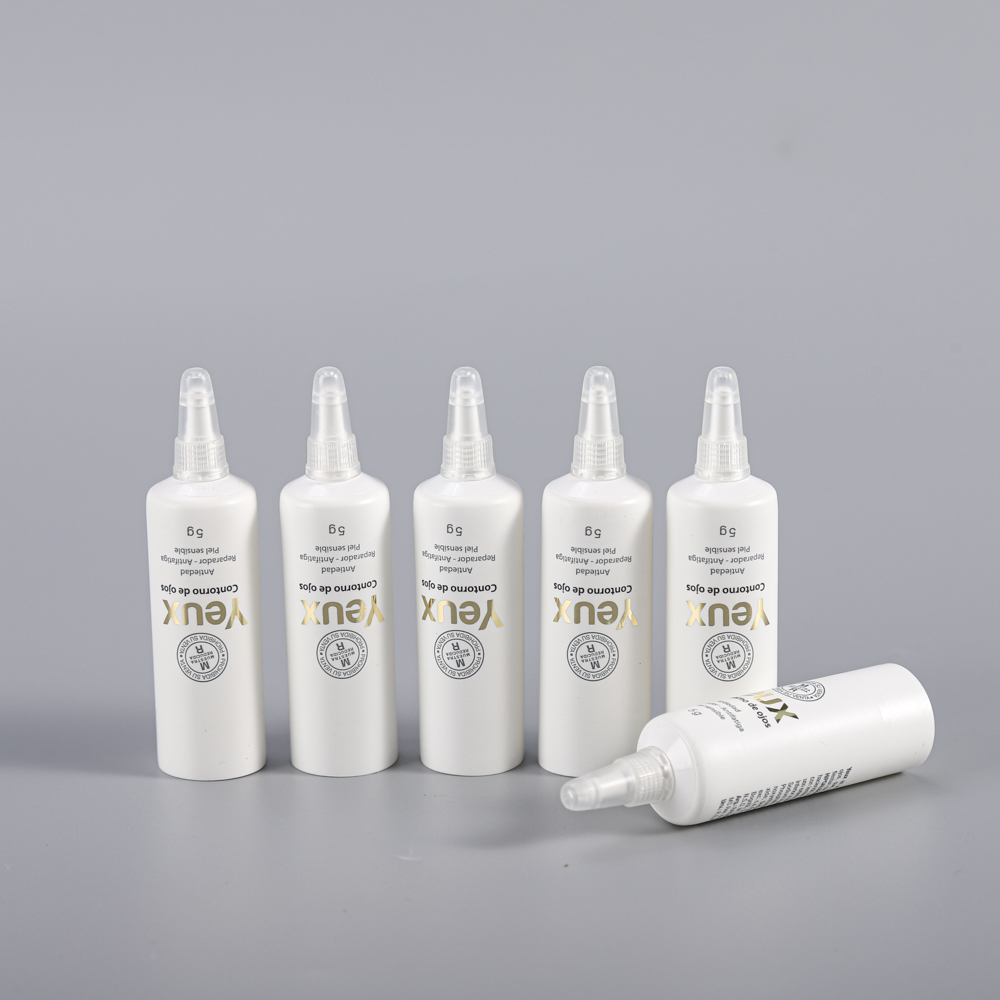Sensor technology is expected to help amputees resume activities
[China Instrument Network Instrument Development] An international team released a new report that, thanks to the sensor technology they developed, the mechanical prosthesis can detect the electrical signals sent by the user's spinal motor neurons, making the control of the prosthesis more flexible. This is equivalent to Use your mind to control the prosthesis. The technology is expected to help amputees recover more activities.
Picture from network Most mechanical prosthetic products on the market today rely on the user twitching the muscles of the shoulders or arms. This control method has a poor user experience and limited functionality, and can only perform one or two simple grasping action instructions.
The paper published in the new issue of the UK's "Natural and Biomedical Engineering" explains that researchers from research institutes in the United Kingdom, the United States, and Austria have developed a new sensor to allow mechanical prostheses to directly detect spinal cord movements. The electrical signals sent by the neurons are more precise than the ones that rely solely on muscle twitches to control, the actions that can be performed are more complex, and the practicality of the mechanical prosthesis increases.
The team involved 6 volunteers in the test. They either began to be amputated from the shoulder or were amputated from above the elbow. For better testing, volunteers underwent surgery and some of their peripheral nervous system was readjusted and connected to healthy muscles. After a certain amount of training, volunteers only need to imagine that they need to move their arms to do different actions. The sensor on the prosthesis can receive and analyze the electrical signals, and then issue commands to control and complete the movement of the prosthetic elbow, swing the prosthetic wrist Movements such as opening and closing palms can accomplish most of the basic functions of a real arm.
One of the authors of the report, Professor Dario Farrina of Imperial College in the United Kingdom, said that the new technology will focus on the nervous system rather than the muscles, which means that the use of sensors can detect and analyze the relevant signals more clearly, which can make the machinery Prosthetics are more intuitive to use and more useful to the disabled.
The team will next conduct a wider range of clinical tests on this new type of mechanical prosthesis. After continuous improvement, such products are expected to enter the market in the next three years.
(Original title: The new sensor technology can realize the idea of ​​manipulating mechanical prosthetics)
Picture from network
The paper published in the new issue of the UK's "Natural and Biomedical Engineering" explains that researchers from research institutes in the United Kingdom, the United States, and Austria have developed a new sensor to allow mechanical prostheses to directly detect spinal cord movements. The electrical signals sent by the neurons are more precise than the ones that rely solely on muscle twitches to control, the actions that can be performed are more complex, and the practicality of the mechanical prosthesis increases.
The team involved 6 volunteers in the test. They either began to be amputated from the shoulder or were amputated from above the elbow. For better testing, volunteers underwent surgery and some of their peripheral nervous system was readjusted and connected to healthy muscles. After a certain amount of training, volunteers only need to imagine that they need to move their arms to do different actions. The sensor on the prosthesis can receive and analyze the electrical signals, and then issue commands to control and complete the movement of the prosthetic elbow, swing the prosthetic wrist Movements such as opening and closing palms can accomplish most of the basic functions of a real arm.
One of the authors of the report, Professor Dario Farrina of Imperial College in the United Kingdom, said that the new technology will focus on the nervous system rather than the muscles, which means that the use of sensors can detect and analyze the relevant signals more clearly, which can make the machinery Prosthetics are more intuitive to use and more useful to the disabled.
The team will next conduct a wider range of clinical tests on this new type of mechanical prosthesis. After continuous improvement, such products are expected to enter the market in the next three years.
(Original title: The new sensor technology can realize the idea of ​​manipulating mechanical prosthetics)
An eyedrop tube packaging is a small, plastic container with a nozzle that is used to administer liquid medication directly into the eye. The tube is typically made of a clear, flexible plastic material that can be squeezed to release drops of medication. The nozzle is designed to fit over the eye and deliver a precise amount of medication with each drop. Eyedrop tubes are commonly used to treat a variety of eye conditions, such as dry eyes, allergies, and infections. They can be purchased over-the-counter or prescribed by a doctor.

Eyedrop Tube
Suzhou Sanxin Tube Co.,Ltd. , https://www.sxsofttube.com